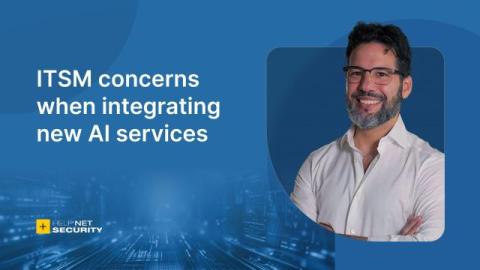8 Problem Management Best Practices to Incorporate Immediately
In the fast-paced world of IT, ensuring the stability and reliability of your services is crucial. One of the most effective ways to achieve this is through Problem Management best practices. These practices focus on identifying and addressing the root causes of recurring issues, thereby reducing the number of incidents and enhancing the overall quality of your IT services.











